Recently, the watermelon and melon cultivation and physiology team of Zhengzhou Fruit Research Institutehas made new progress in the localization of important agronomic traits in watermelon. The important functional genes for three traits which were skin color, seed coat color, and internode length of watermelon were explored and analyzed, the genetic and molecular mechanisms were elucidated, the related molecular markers were developed. These results provided a theoretical basis for watermelon molecular breeding, which could accelerate the breeding process of watermelon in China, and had important scientific significance for the development of watermelon industry and the improvement of watermelon breeding level in China. The related research results were published in the journals of Theoretical and Applied Genetics、Frontiers in plant science and International Journal of Molecular Sciences.
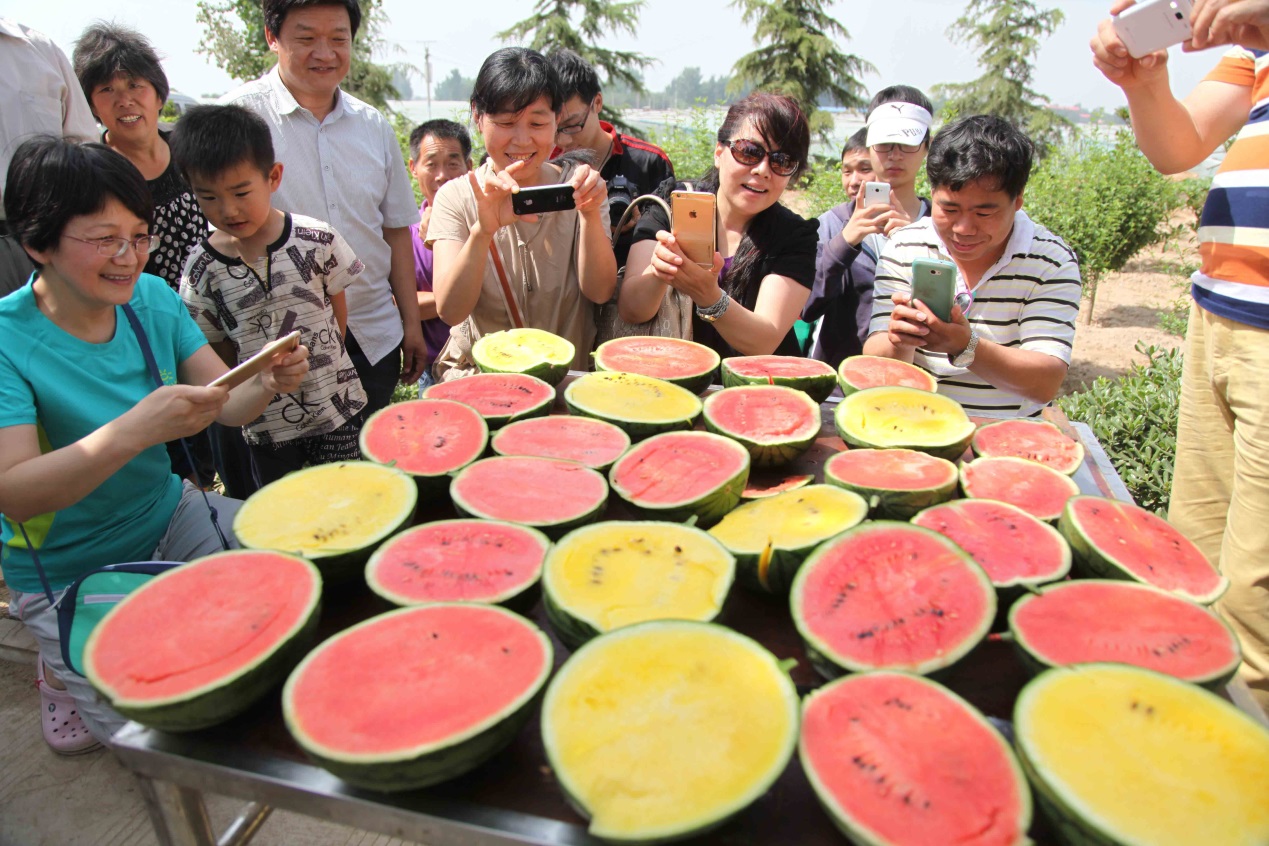
China is the largest country in watermelon cultivation and production in the world. The skin color, seed coat color and internode length are agronomic traits with important economic value in watermelon breeding, which play a positive role in improving watermelon quality and yield and reducing cultivation and management cost. The genes controlling these three traits were successfully located in the hybrid isolation population. The results showed that the skin color of watermelon was controlled by a single gene, and dark green was dominant to light green. This gene was located on chromosome 8 and was ClCG08G017810 (encoding 2-phenyl-1, 4--naphthoquinone methyltransferase protein). The gene controlling watermelon seed coat color was Cla019481 on chromosome 3 (encoding polyphenol oxidase protein, which was involved in the synthesis of melanin),the black seed coat was dominant to the light yellow seed coat. The gene that controlled internode length (long versus short was dominant) was Cla015407 (encoding the protein gibberellin 3 -hydroxylase) on chromosome 9. Then the regulatory mechanism and molecular genetic mechanism of these three traits were revealed by qRT-PCR and related physiological experiments.
These researches were funded by T by the Agricultural Science and Technology Innovation Program (CAAS-ASTIP-2016-ZFRI-07), National Key R&D Program of China (2018YFD0100704), the China Agriculture Research System (CARS-25-03) and the National Nature Science Foundation of China (31672178 and 31471893).
More details are available at the links below:
https://www.frontiersin.org/articles/10.3389/fpls.2019.01689/full
https://link.springer.com/article/10.1007/s00122-019-03384-3
https://www.mdpi.com/1422-0067/21/1/290
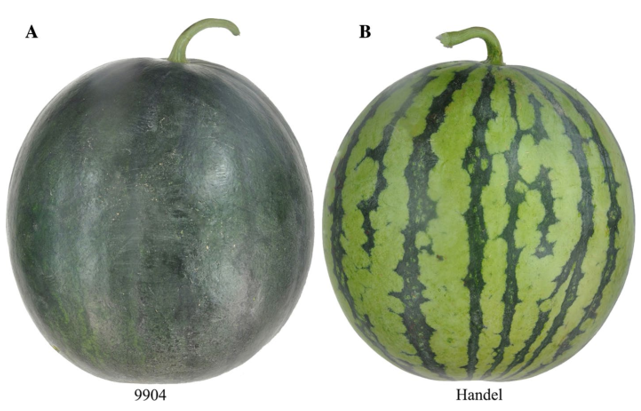
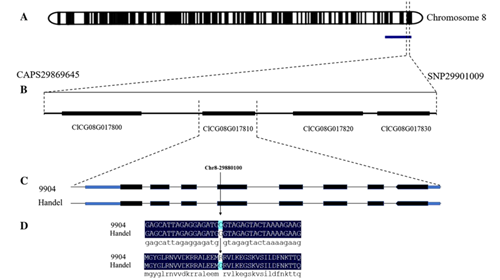
Figure 1Genetic mapping of the rind color gene and candidate gene analysis in watermelon
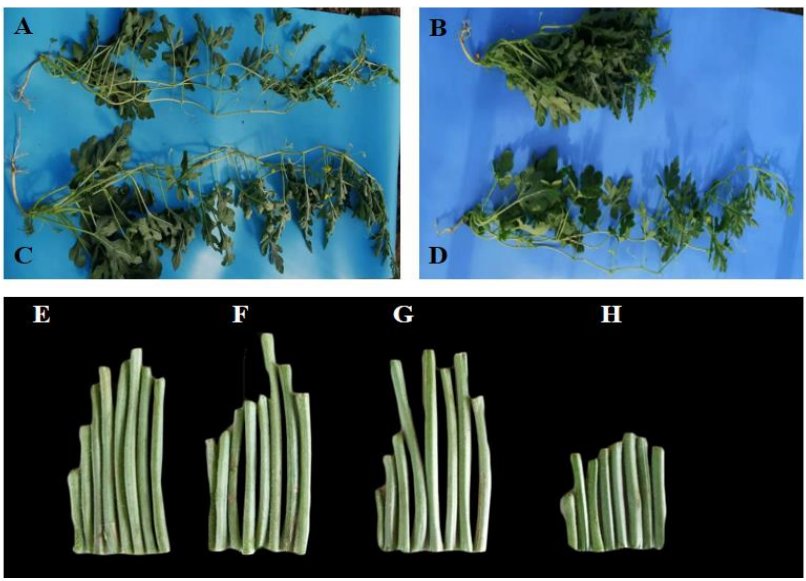

Figure 2 Genetic mapping of the short internode gene and candidate gene analysis in watermelon
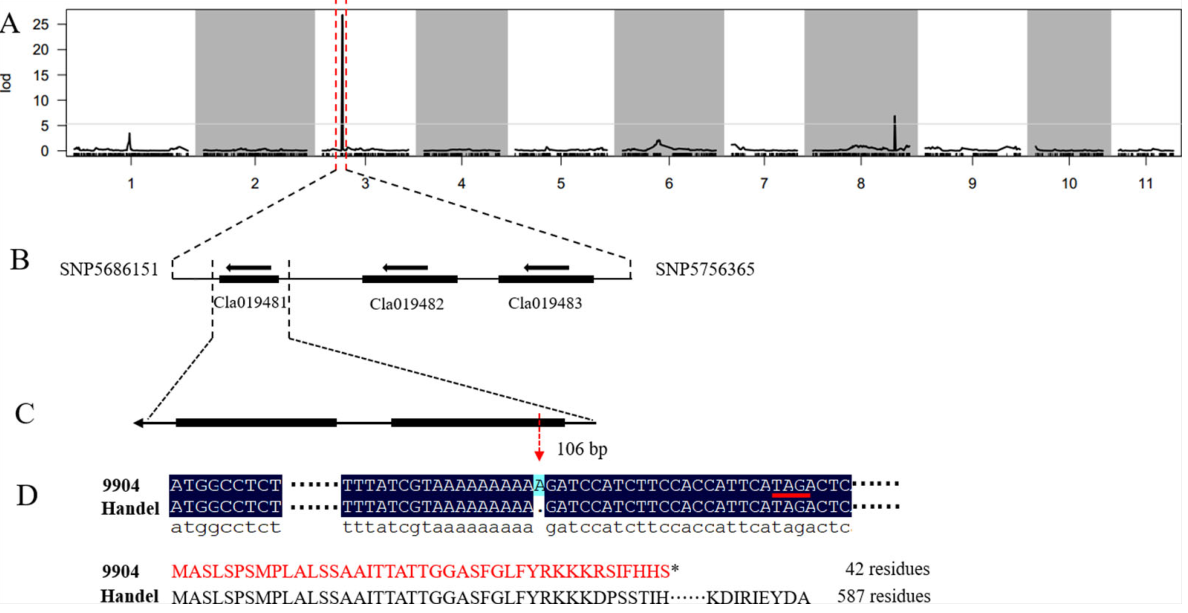
Figure 3 Genetic mapping of the seed coat color gene and candidate gene analysis in watermelon
By Wenge Liu
liuwenge@caas.cn
